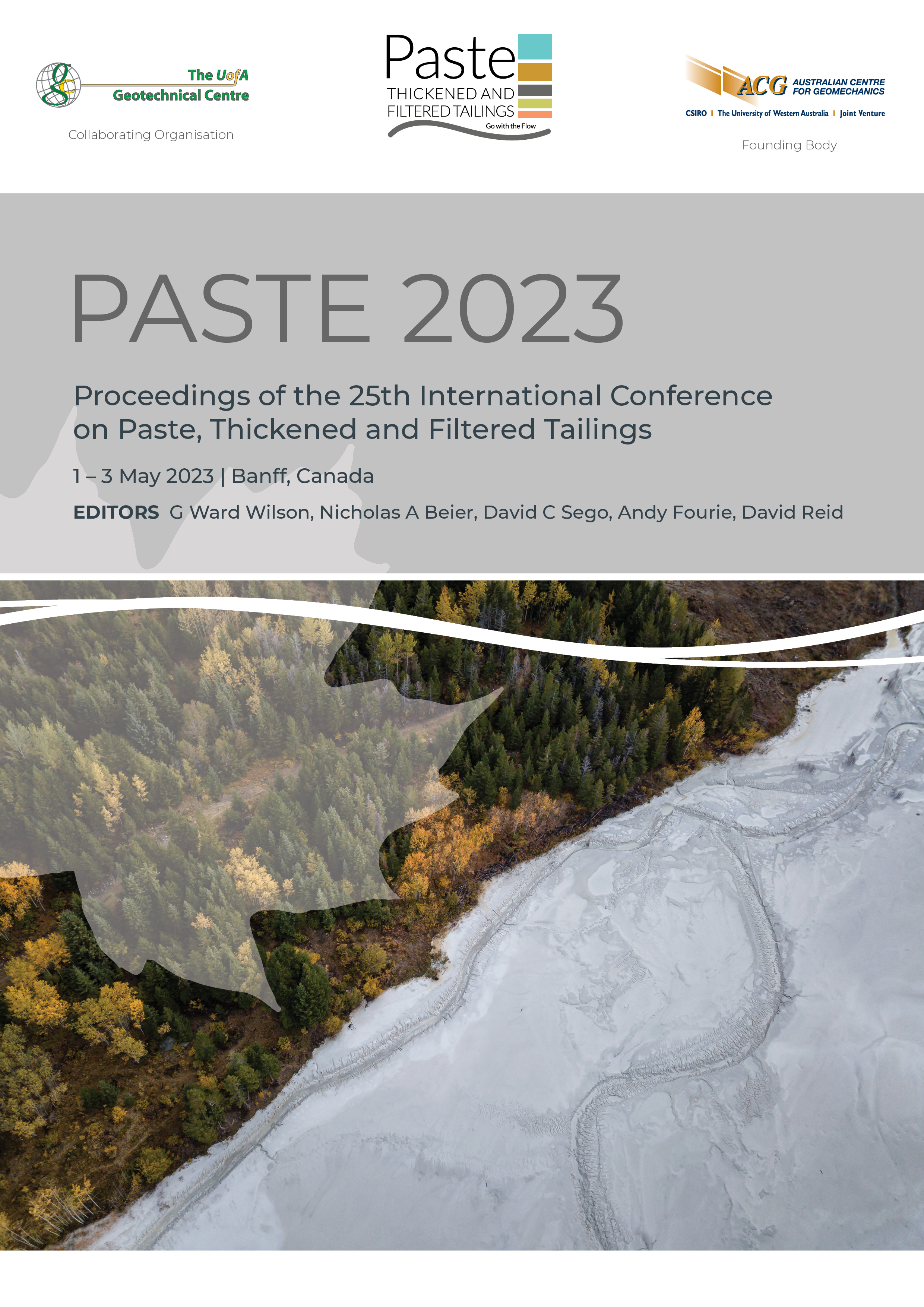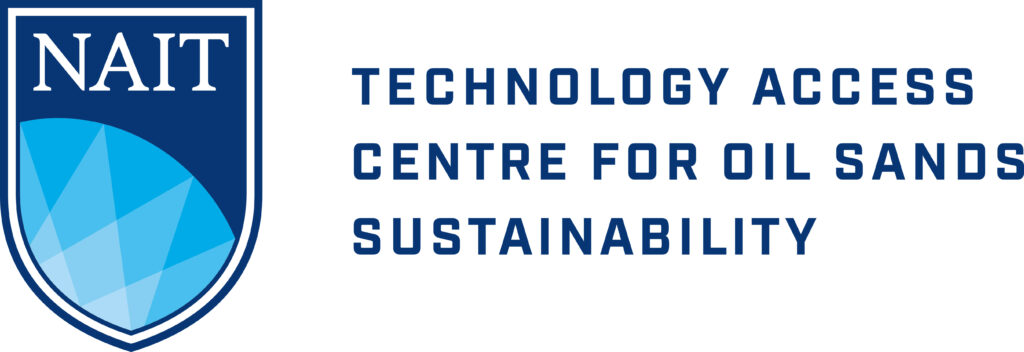Potential errors in paste fill rheology measurements

|
Authors: Wickens, J |
DOI https://doi.org/10.36487/ACG_repo/2355_69
Cite As:
Wickens, J 2023, 'Potential errors in paste fill rheology measurements', in GW Wilson, NA Beier, DC Sego, AB Fourie & D Reid (eds), Paste 2023: Proceedings of the 25th International Conference on Paste, Thickened and Filtered Tailings, Australian Centre for Geomechanics, Perth, pp. 859-871, https://doi.org/10.36487/ACG_repo/2355_69
Abstract:
Depending on the mining method being used, the required unconfined compressive strength (UCS) of paste fill can vary between 500 to 5000 kPa at 28 days. In order to achieve these upper limit UCS targets, high concentration cemented paste backfill must be placed underground, sometimes at significant distances from the backfill plant. The understanding of the flow behaviour (rheology) of these mixtures is therefore vital from a reticulation design and operational point of view. There are many methods to determine the rheology of paste fill mixtures. Vane yield stress, along with bob and cup rotational viscometer measurements (yield stress and viscosity), are the most widely used methods due to the relatively simple test procedures and limited sample size required, but there are drawbacks to each method. Vane yield stress measurement will only provide the design engineer with yield stress values, not viscosity. Bob and cup rotational viscometer measurements will provide the design engineer with yield stress and viscosity, but one may experience slip at the wall of the rotational viscometer’s bob at high concentrations, which will skew the test results. To overcome the issue of slip at high concentration paste fill mixtures when using a bob and cup rotational viscometer, pipe loop tests can be conducted in at least two pipe diameters to accurately measure the rheology of these high concentration paste fill mixtures. This paper will discuss typical test results where the measurements of the bob and cup rotational viscometer underpredicted the yield stress and overpredicted the viscosity when the results were compared to a pipe loop test campaign completed on the same material.
Keywords: unconfined compressive strength, paste fill, rheology, yield stress, slip
References:
ASTM International 2000, Standard Test Method for Specific Gravity of Soil Solids by Gas Pycnometer (ASTM D5550-06), ASTM International, West Conshohocken.
ASTM International 2002, Standard Test Method for Preparation and Testing of Controlled Low Strength Material (CLSM) Test Cylinders (ASTM D4832), ASTM International, West Conshohocken.
Chhabra, RP & Richardson, JF 1999, Non-Newtonian Flow in the Process Industries, Butterworth Heinemann, Oxford.
European Committee for Standardization 2005, Method of Testing Cement – Part 1: Determining Strength (EN 196-1), European Committee for Standardization, Brussels.
Govier, GW & Aziz, K 1972, The Flow of Complex Mixtures in Pipes, Van Nostrand Reinhold, New York.
Zengeni, B, Malloch, M, van Sittert, F 2012, ‘A comparison of 150NB pipe loop data with rotational viscometer test methods’,
in V Fester (ed.), Proceedings of the 4th Southern African Conference on Rheology, Southern African Society of Rheology, Cape Town.
© Copyright 2025, Australian Centre for Geomechanics (ACG), The University of Western Australia. All rights reserved.
View copyright/legal information
Please direct any queries or error reports to repository-acg@uwa.edu.au
View copyright/legal information
Please direct any queries or error reports to repository-acg@uwa.edu.au



